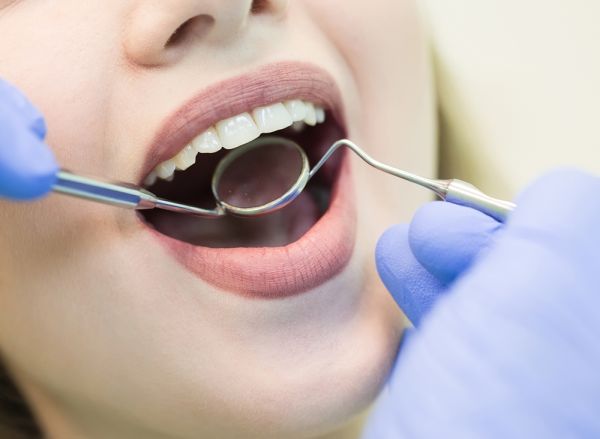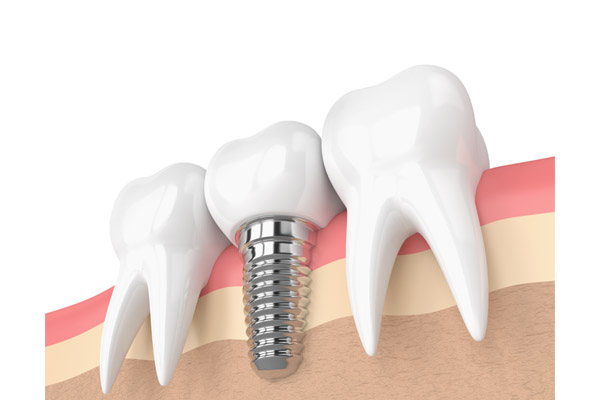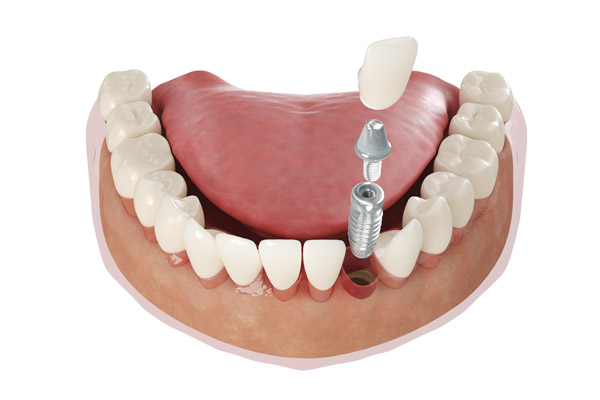Laser Dentistry Glossary

The relatively new practice of laser dentistry comes with a host of new terms that patients may not be familiar with. This comprehensive glossary provides definitions for conditions that lasers can treat, the four different types of lasers and other important items related to this type of treatment.
Conditions treated by laser dentistry
Canker sore: This is a small lesion on the inside of the mouth that is often accompanied by pain and sensitivity.
Caries: This refers to the breakdown of a tooth, more commonly known as cavities or tooth decay.
Gingivitis: This is a minor gum disease caused by poor oral hygiene and characterized by red, irritated gums.
Gum recession: This is a condition where gums shrink and reveal the roots of the teeth; this may lead to infection if bacteria are not cleaned out between the gums and teeth.
Periodontitis: This is a serious gum disease that may lead to loose teeth or even tooth loss if left untreated.
TMJD (temporomandibular joint dysfunction): This is a painful condition that can cause stiffness, clicking or locking of the jaw.
Tooth sensitivity: This may be a result of receding gums, periodontal disease or worn tooth enamel. Symptoms can include sharp pain when consuming very hot or very cold foods.
General laser dentistry terms
Abscess: Usually found on the gum line, an abscess is a painful growth caused by bacteria.
Amalgam: This is a type of metal filling commonly used to fill cavities in teeth.
Anesthesia: These are medications that numb pain and relax muscles during certain dental procedures.
Biopsy: This is a procedure in which the dentist will remove a small section of tissue to check for potential diseases or cancers.
Bridge: This is a type of replacement for missing teeth that typically contains at least two crowns.
Crown lengthening: This is a surgery where the dentist reshapes the gums to expose more of a tooth.
Dentin: This is the layer of the tooth beneath the enamel, made up of calcified tissue, cement and pulp.
Gingivoplasty: This is a surgical procedure that reshapes the gums around the teeth for a more appealing smile.
Optical coherence tomography: This is a non-invasive medical tool that allows dentists to view the inside of a tooth safely.
Pulp: This is the nerve tissue located within the tooth near the roots.
Root canal: This is a procedure that cleans the inner canal of a tooth and replaces the damaged pulp with a filling.
Sealant: This is a type of bonding agent that protects the tooth’s enamel and helps with preventing cavities.
Whitening: This is a process of removing stains from the teeth and can be sped up by using the heat of a dental laser.
Types of lasers
DIAGNOdent laser: This is a fluorescent laser that can detect early signs of tooth decay in a non-invasive manner and may be used instead of X-rays.
Hard tissue laser: This laser has a wavelength that allows it to cut through teeth and is commonly used for removing infected areas of a tooth or reshaping teeth.
Soft tissue laser: This is a type of continuous wave laser that works well when cutting into the tongue or gums and promotes quick healing of cuts during surgeries. It is an excellent option for cosmetic surgeries such as gum reshaping due to its ability to sterilize while treating the problem.
Interested in laser dentistry for yourself or your family?
Request an appointment here: https://sonorandesertdentistry.com or call Sonoran Desert Dentistry at (480) 439-0117 for an appointment in our Scottsdale office.
Recent Posts
For many people, dental implants can be a permanent solution for dealing with lost or damaged teeth. This type of treatment is designed to last a lifetime. Once it is complete and healed, patients can enjoy a more beautiful smile without having to worry about any dietary changes, difficult home care, or unnatural-looking teeth.Dental implants…
Many patients who have missing teeth consider dental implants as an option to restore the look and function of their smile. When deciding whether to have the procedure, it is important to learn as much as possible about the treatment.There are a variety of things patients should know about dental implants when considering the procedure.Dental…
Dental implants are a permanent solution for replacing missing teeth and restoring oral function. Patients who take the time to understand the implant process enjoy successful outcomes.A dental implant is a titanium post that a dentist anchors to the jawbone to replace a missing tooth root. After the implant successfully integrates with the jawbone, the…
According to the American College of Prosthodontists, more than 120 million Americans are missing one or more teeth. Dental implants are a common treatment method and are becoming increasingly popular. Implants are a permanent solution to missing teeth and help to restore the functionality needed for proper biting, chewing, and even speaking. A potential recipient…


